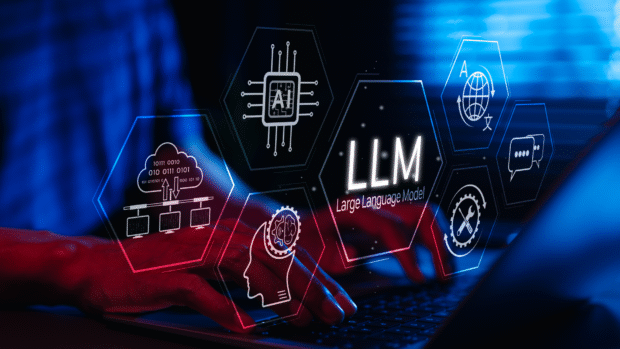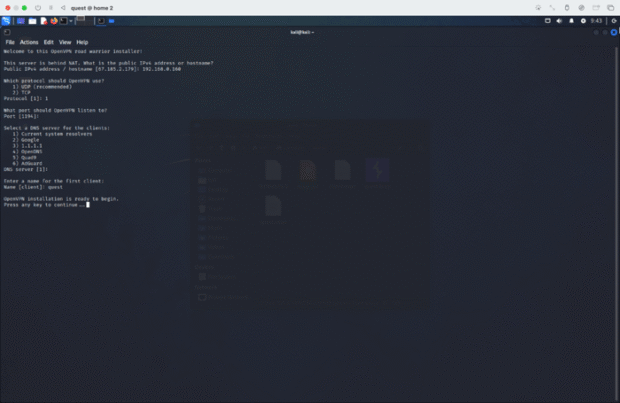
In today’s fast-paced digital world, artificial intelligence (AI) revolutionizes customer service, enabling businesses to enhance efficiency, improve customer satisfaction, and provide personalized experiences. As companies increasingly adopt AI-driven solutions, the role of technology in customer interactions has become more significant than ever.
24/7 Availability and Instant Response
One of the primary advantages of AI in customer service is its ability to provide round-the-clock support. Chatbots and virtual assistants can handle inquiries anytime, ensuring that customers receive immediate responses, even outside traditional business hours. This instant access enhances customer satisfaction and reduces human agents’ workload, allowing them to focus on more complex issues.
Personalized Customer Experiences
AI technologies analyze vast amounts of data to tailor interactions based on individual preferences and behaviors. By leveraging machine learning algorithms, businesses can gain insights into customer patterns, allowing them to deliver personalized recommendations and solutions. For example, AI can suggest products based on previous purchases or browsing history, creating a more engaging shopping experience.
Streamlined Processes and Efficiency
The integration of AI into customer service processes leads to greater efficiency. Automated systems can manage routine tasks, such as appointment scheduling, order tracking, and FAQs, freeing up human agents to address more nuanced queries. This streamlining not only saves time but also minimizes the potential for human error, improving overall service quality.
Enhanced Data Analytics
AI-powered tools provide businesses with enhanced data analytics capabilities, enabling them to monitor customer interactions and feedback in real time. This data-driven approach allows companies to identify trends and areas for improvement, ultimately refining their customer service strategies. By understanding customer pain points, businesses can proactively address issues before they escalate.
Challenges and Considerations
Despite the numerous benefits, the integration of AI in customer service also presents challenges. Businesses must strike a balance between automation and the human touch. While AI can efficiently handle many tasks, some customers still prefer interacting with human agents, particularly for complex or sensitive issues. Therefore, companies need to maintain a hybrid approach that combines the efficiency of AI with the empathy of human interaction.
Conclusion
The role of AI in revolutionizing customer service cannot be overstated. As technology continues to advance, businesses that leverage AI-driven solutions will be better positioned to meet customer expectations, enhance efficiency, and foster loyalty. By embracing these innovations, companies can create a more responsive and personalized customer service experience.
- Learn more about AI in customer service on Forbes.
- Read about the benefits of AI in customer service from Gartner.
#TrendingNow #InspirationDaily #ExploreMore #LifestyleTips #InTheNews #DigitalAge #Insights #Innovation #BehindTheScenes #WorldView #Digital #forensic
Read more on our more trending special page









